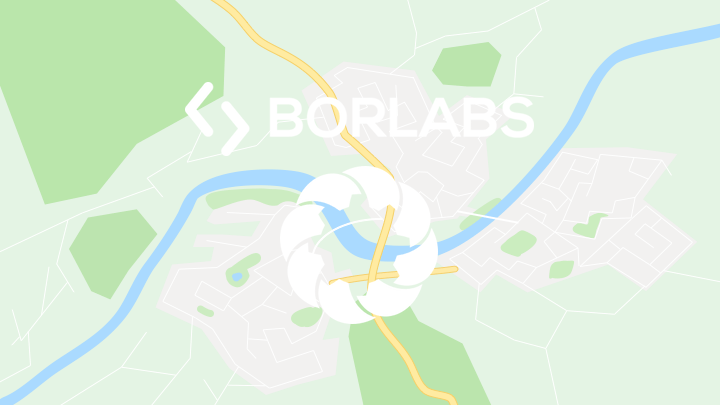The Field Crops

In the three-field rotation system, the winter crops (rye or wheat) were sowed in autumn, persevered through the winter as shoots and reached harvest maturity in early summer. This cultivation technique was possible with grains which managed to get through the winter months well. Over the centuries, many different varieties of grains were sown, and the most important of these can be found today in the museum’s winter grain fields. Among these are einkorn wheat (as the most ancient form of cereal), emmer wheat, spelt, wheat and rye. The long and hardy straw of the old rye varieties was used by farmers as raw material for roofing and straw rope, too. The House from Heskem (Central Hesse Ensemble, 5) is thatched with rye straw, for example.
Summer crops that were sown included millet, lentils, or buckwheat besides oats and barley. Fibre crops, such as hemp and flax are also summer crops, as is the cash crop tobacco. These non-cereal plants provided variety in the crop rotation, which helped avoid grain monoculture and improved soil fertility.
In fallow years, the land was originally left to its own devices as green fallow, which served as pasture for the farm’s grazing animals. In the later, improved three-field rotation system, farmers began to choose fodder plants, such as rich grasses and nutrient-binding clover. Root vegetables were also included in the rotation wherever the soil was suitable, for example, for potatoes and fodder beets.

Mit dem Laden der Karte akzeptieren Sie die Datenschutzerklärung von Google.
Mehr erfahren



